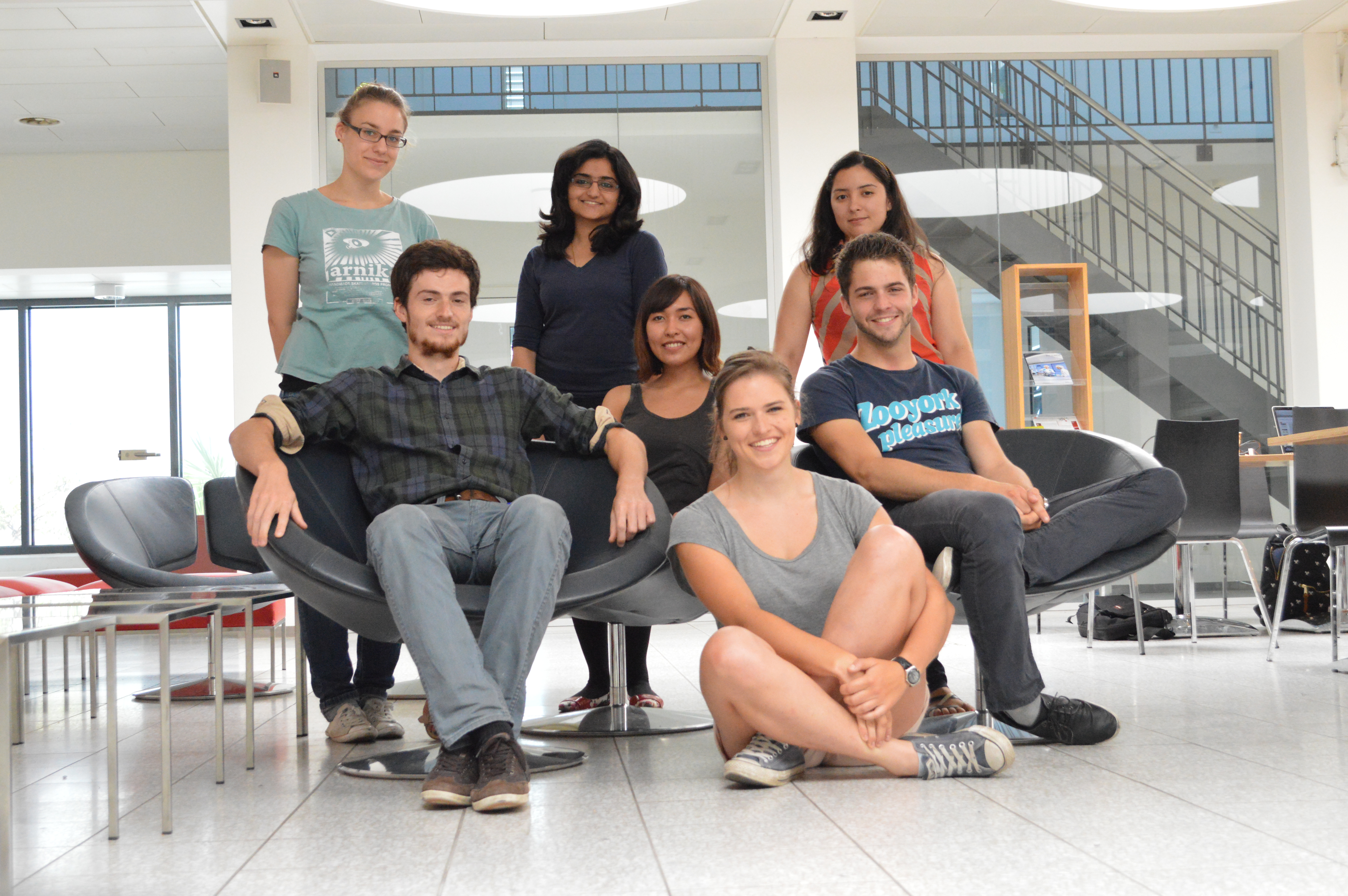Team:ETH Zurich
From 2013.igem.org
| Line 7: | Line 7: | ||
<div style="width:70%; max-width:680px; margin: 0 auto;"> | <div style="width:70%; max-width:680px; margin: 0 auto;"> | ||
<ul class="bxslider"> | <ul class="bxslider"> | ||
| - | + | <li> | |
| - | <a href="/Team:ETH_Zurich/Team"><img src="/ | + | <a href="/Team:ETH_Zurich/Team"><img src="https://static.igem.org/mediawiki/2013/3/3f/Colisweeper.png" /></a> |
| - | <p style="font-size:16px" align="justify"><b> | + | <p style="font-size:16px" align="justify"><b>Coliswepper</b><br>Colisweeper is an interactive, biological version of the Minesweeper computer game, based on luxI/luxR quorum sensing and chromogenic enzymatic reactions. The goal is to clear an agar “minefield” without detonating mines.<br>!</p> |
</li> | </li> | ||
| + | |||
| + | |||
<li> | <li> | ||
<a href="/Team:ETH_Zurich/Project"><img src="https://static.igem.org/mediawiki/2013/c/ce/Gameplay.png"/></a> | <a href="/Team:ETH_Zurich/Project"><img src="https://static.igem.org/mediawiki/2013/c/ce/Gameplay.png"/></a> | ||
| Line 51: | Line 53: | ||
<p style="font-size:15px" align="justify"><b>Human practices</b><br>Inspired by our Colisweeper project, we analyzed the relationship between synthetic biology and games. For one thing synthetic biology can be used to play common games in a new way, possibly for educational purposes or as a basis for proof-of-principle experiments for new circuits. More recently synthetic biologists also started to use games as a research tool, an innovative approach to make use of crowd-sourcing and distributed computing. We want to find correlations and discuss possible consequences for Synthetic Biology.</p> | <p style="font-size:15px" align="justify"><b>Human practices</b><br>Inspired by our Colisweeper project, we analyzed the relationship between synthetic biology and games. For one thing synthetic biology can be used to play common games in a new way, possibly for educational purposes or as a basis for proof-of-principle experiments for new circuits. More recently synthetic biologists also started to use games as a research tool, an innovative approach to make use of crowd-sourcing and distributed computing. We want to find correlations and discuss possible consequences for Synthetic Biology.</p> | ||
</li> | </li> | ||
| + | |||
| + | <li> | ||
| + | <a href="/Team:ETH_Zurich/Team"><img src="/wiki/images/f/f7/Team_picture.JPG" /></a> | ||
| + | <p style="font-size:16px" align="justify"><b>Team</b><br>We are a team of seven highly motivated Bachelor- and Master Students at ETH Zürich pursuing various fields such as Biotechnology, Biomedical Engineering, Neurobiology and Bioinformatics. The iGEM project is carried out at one of the youngest departments of ETHZ located in Basel-Department of Biosystems Science and Engineering - flourishing in interdisciplinary biological research. If you're around Basel, make sure to visit our team's lab to play the bio-game Colisweeper!</p> | ||
| + | </li> | ||
| + | |||
</ul> | </ul> | ||
</div> | </div> | ||
Revision as of 17:30, 23 September 2013
Colisweeper is an interactive, biological version of the Minesweeper computer game, based on luxI/luxR quorum sensing and chromogenic enzymatic reactions. The goal is to clear an agar “minefield” without detonating mines.
Genetically engineered Escherichia coli colonies are used as sender-cells (mines) and receiver-cells (non-mines). Mines secrete the signaling molecule N-(3-oxohexanoyl)-l-homoserine lactone (OHHL) whereas non-mines process the signal. To distinguish between OHHL-levels, a library of PLuxR promoters with various sensitivities was created through site-saturation mutagenesis. High-pass filters were constructed to control the expression of different orthogonal hydrolases in non-mines, depending on the number of surrounding mines.
Additionally, the mines express their own hydrolase.A spatiotemporal reaction-diffusion model was established to evaluate and improve the system. To play Colisweeper, a colorless substrate solution is pipetted onto a colony of choice. The result is a defined color change within minutes, allowing identification of the played colony and the number of mines surrounding it.
 "
"















